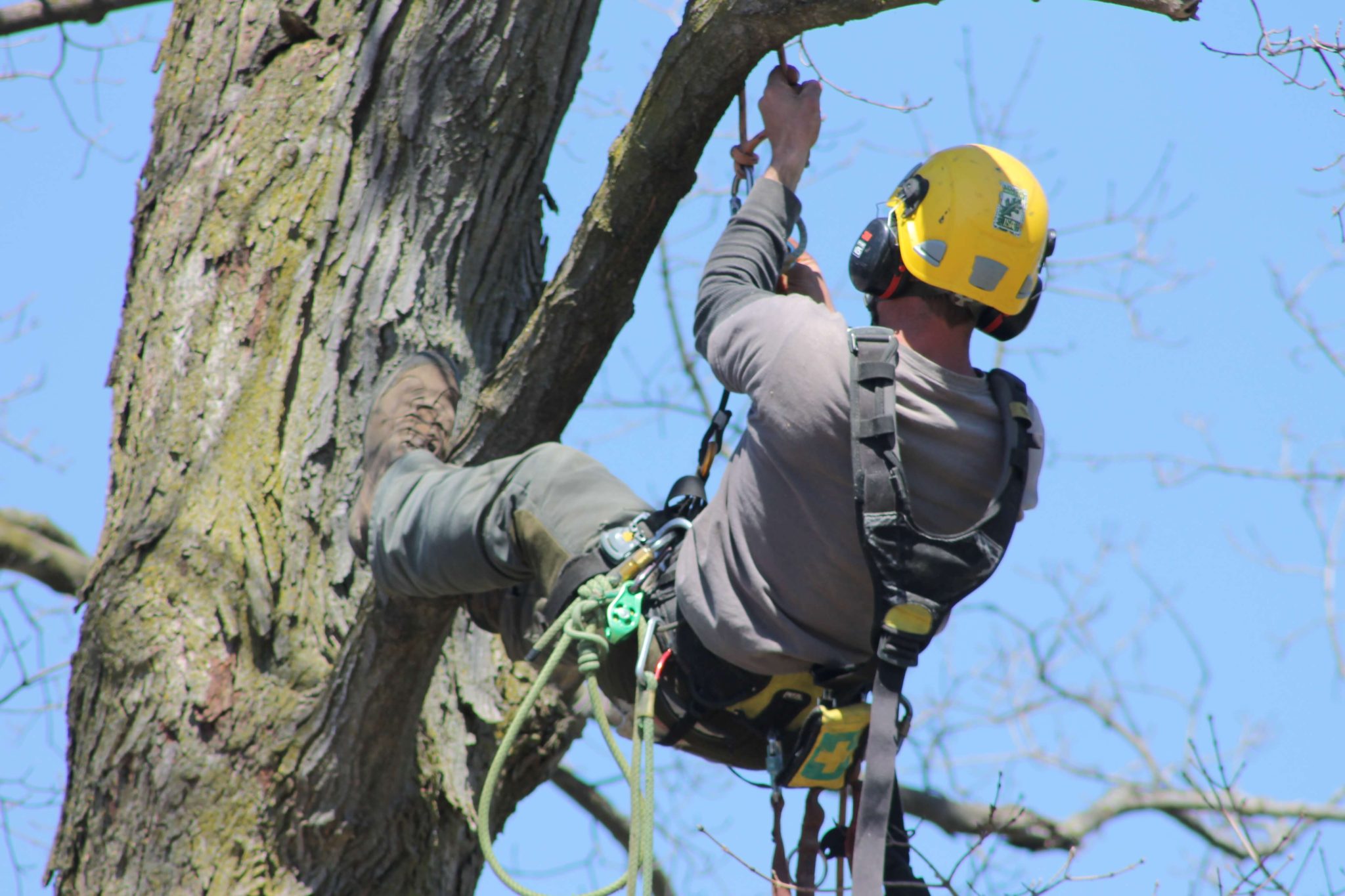
1. Are They Fully Insured and Certified?
It is critical to hire a reputable tree care business that is fully insured. Tree care can be dangerous work so the company you hire must carry liability insurance, in case of injury or damaged property.
Workplace safety insurance (WSIB) is another type of insurance that will protect workers on the job. A good employer or business owner will want to take care of their employees, just as much as their clients, and will carry WSIB coverage.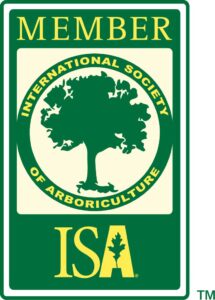
Many people may not know that WSIB is NOT mandatory for a professional tree care business in Ontario and that arboriculture is a relatively unregulated industry in our province. There are a few college programs in Ontario that teach arboriculture, but anyone can start a tree care service with no training at all.
The ISA (International Society of Arboriculture) is one of the certifying bodies that requires arborists to continually update their knowledge base. A certified arborist will have current ISA training and in-depth information about safety procedures and tree care techniques that will benefit your trees. Remember to ask about these certifications!
2. What is Their Experience in the Field?
When you start working with an arborist, you should ask them the following questions:
- How many years have you been practicing tree care?
- Who did you learn your skills from?
- Where & when did you receive your certifications or latest training?

Just because someone owns a tree service doesn’t mean they are using best practices. The industry is always evolving and a good tree service will be up to date with current methods.
It is important that the arborist you hire has experience doing the job you have hired them to do. Tree removals and tree pruning require different skills and techniques. When it comes to removals, it’s hard to judge the skill level of the arborist once the job is complete. The tree is gone, leaving no evidence behind.
With pruning however, the evidence remains present for the life of the tree. Bad pruning is clear and noticeable to the trained eye and can cause significant issues for the tree down the road. It takes a lot of training and years of experience to be really good at pruning trees properly.
Experiences arborists who have apprenticed for reputable companies are more likely to have a solid set of skills than someone who just started their own business right out of school.
For a look at the experience of our arborists check out our About Us page.
3. What is Their Reputation in the Local Community?
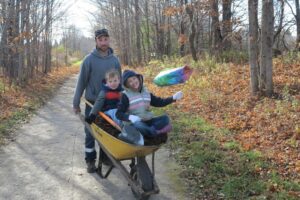
When hiring a contractor, you want someone with a good reputation and, with the Internet, it is easier than ever to find reviews. It is also important to ask people that you trust about who they use in the community. Ask your friends, ask your neighbours who their favourite tree service is!
Find out if the tree care company is active with volunteering in their community. A good tree care business will be well known to their community, due to the nature of their work. Remember that you want to know what kind of service the arborist provided — do not just hire someone that your friend or family member knows.
Make sure that they have experience with the type of work that you need for your property. Again, removals and pruning are two different skill sets. A tree service may be able to remove a tree quickly, but that does not mean they are the best choice to properly prune your mature tree.
4. What Kind of Equipment Does the Business Use?
The two most commonly used methods of working in trees are using an aerial lift or climbing the tree with ropes and harnesses. There are certain situations where one method is preferred over the other. Like all things, the different tree work methods each have their pros and cons.
Aerial Lifts
Aerial lifts have the ability to work in the tree without relying on the tree for safety. This can be beneficial when the tree is structurally unsound or would otherwise pose a hazard to a climber. Aerial lifts are great for tree removals that are near roads with easy access. For more difficult to access trees a spider lifts can be used.
One issue with aerial lifts is that they can sometimes be difficult to maneuver in a thick tree crown. Some pruning techniques can be harder to do properly with the bulky lift equipment.
Climbing Arborists

Climbing arborists can get into a tree without the use of heavy equipment. This is a great option for backyards and other situations where access is difficult. This is especially true when space is tight, or when heavy equipment may damage underground systems like a septic tanks or drainage beds.
Climbing a tree gives the arborist a different perspective of the tree. When an arborist climbs a tree, they are able to spot defects and other issues within the crown.
When pruning, a climbing arborist is able to shape the tree from within and access parts of the crown that may be difficult to reach with a bucket. Proper pruning cuts may be harder to achieve from a bucket truck in certain situations.
A note about Ladders
Ladders are another method of accessing a tree however, they should be used with extreme caution. Orchard ladders are among the safest ladders for tree pruning. We use a 16 foot orchard ladder for pruning small trees such as fruit trees and other ornamentals. If a tree service uses extension ladders as their main way to access the tree, be especially cautious. This is typically frowned upon within the industry.
5. What Clean-Up is Included in Their Pricing?
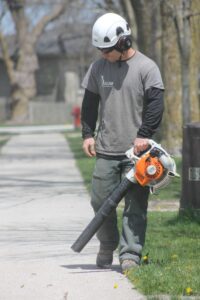 How extensive the job clean-up is, is something that you should clarify before making arrangements with a tree care company. Ask your arborist if they will chip brush and remove wood from the job site. You want to be sure that they will restore your property to its previous state (or better) afterwards. At Baum Tree Care this means we will rake up twigs, leaves, and sawdust, blow off driveways and ensure that all material from the tree is removed from the property.
How extensive the job clean-up is, is something that you should clarify before making arrangements with a tree care company. Ask your arborist if they will chip brush and remove wood from the job site. You want to be sure that they will restore your property to its previous state (or better) afterwards. At Baum Tree Care this means we will rake up twigs, leaves, and sawdust, blow off driveways and ensure that all material from the tree is removed from the property.
Cleaning up after tree pruning or tree removal adds time and cost to the job. The better the clean-up, the more time is spent on site which adds to the cost. However, if you don’t mind doing the clean up yourself, you can save yourself some money by requesting that all material be left on site. if you keep the wood and/or brush to deal with yourself.
At Baum Professional Tree Care, we take pride in our clean-up services. It is the number one thing our clients comment on after a job! For more information on tree care services from our team, contact us today for a free quote.
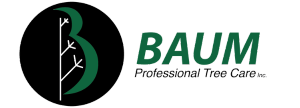

You must be logged in to post a comment.